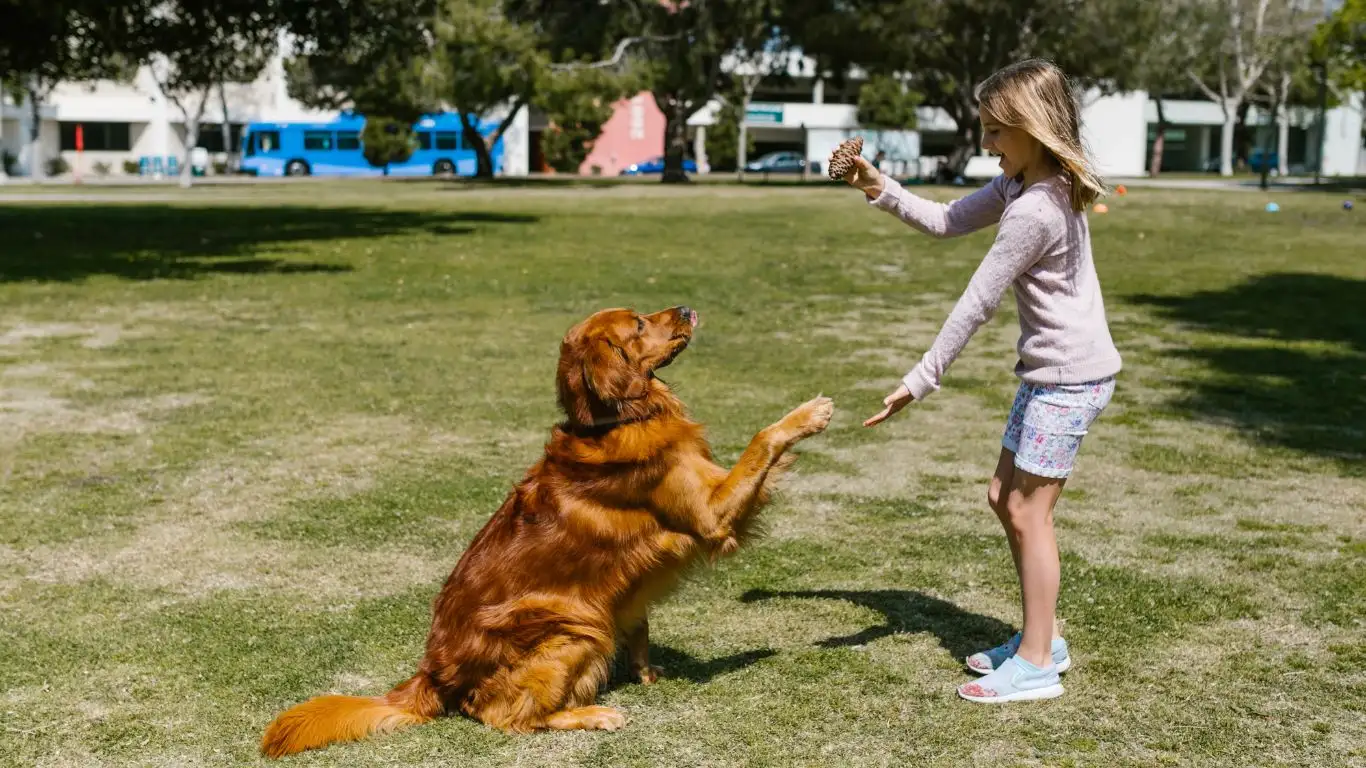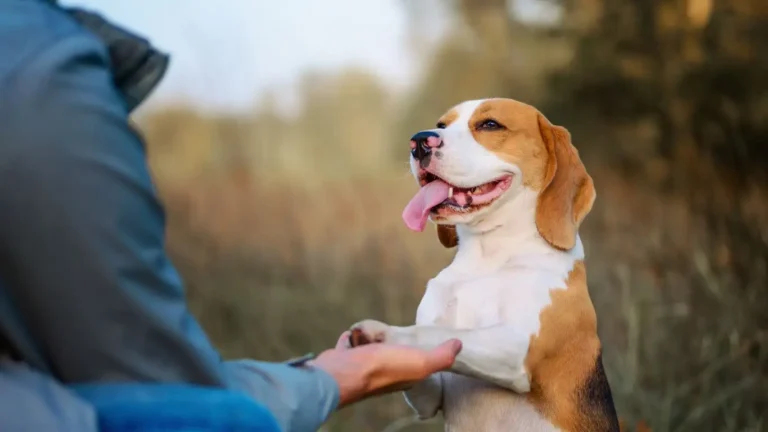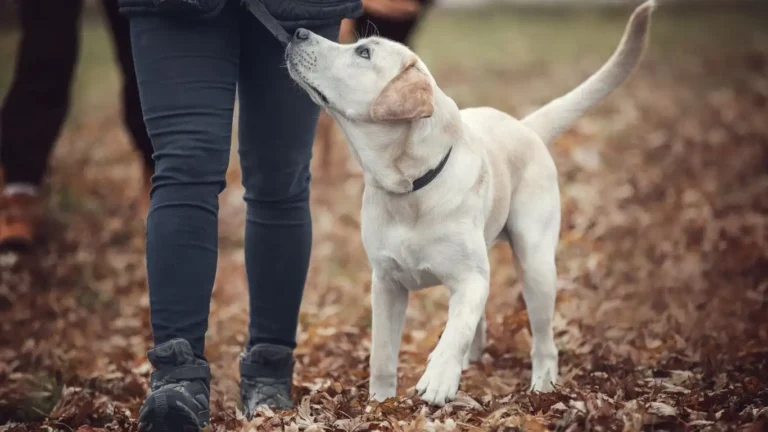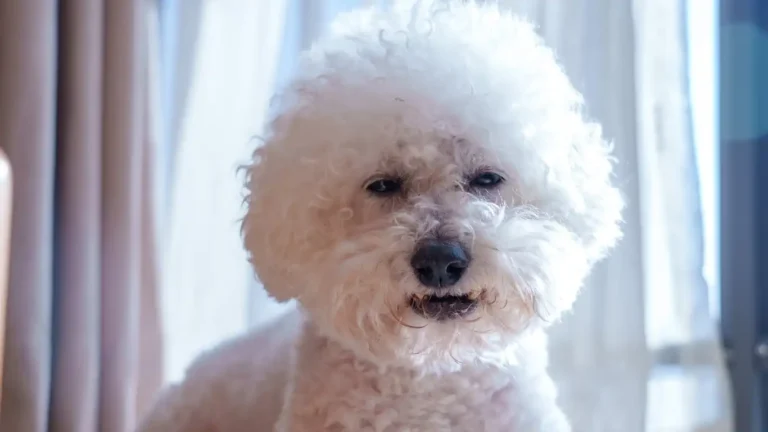How to Train a Dog to Not Steal Food: Effective Strategies for Success
If you’re like most dog owners, you’ve probably experienced the frustration of finding your dog counter-surfing, stealing food off your kitchen counters, or swiping snacks from the dining table. It can be a real headache, especially when your pup’s habit of sneaking food becomes a persistent problem. As someone who has worked as a Canine-Assisted Therapy Trainer for several years, I can tell you that with the right approach, you can definitely train your dog to stop this behavior. In this guide, I’ll walk you through effective strategies on how to train a dog to not steal food from counters, drawing from my personal experiences and proven techniques. Let’s dive into the world of counter-surfing prevention!
Understanding Why Dogs Steal Food from Counters
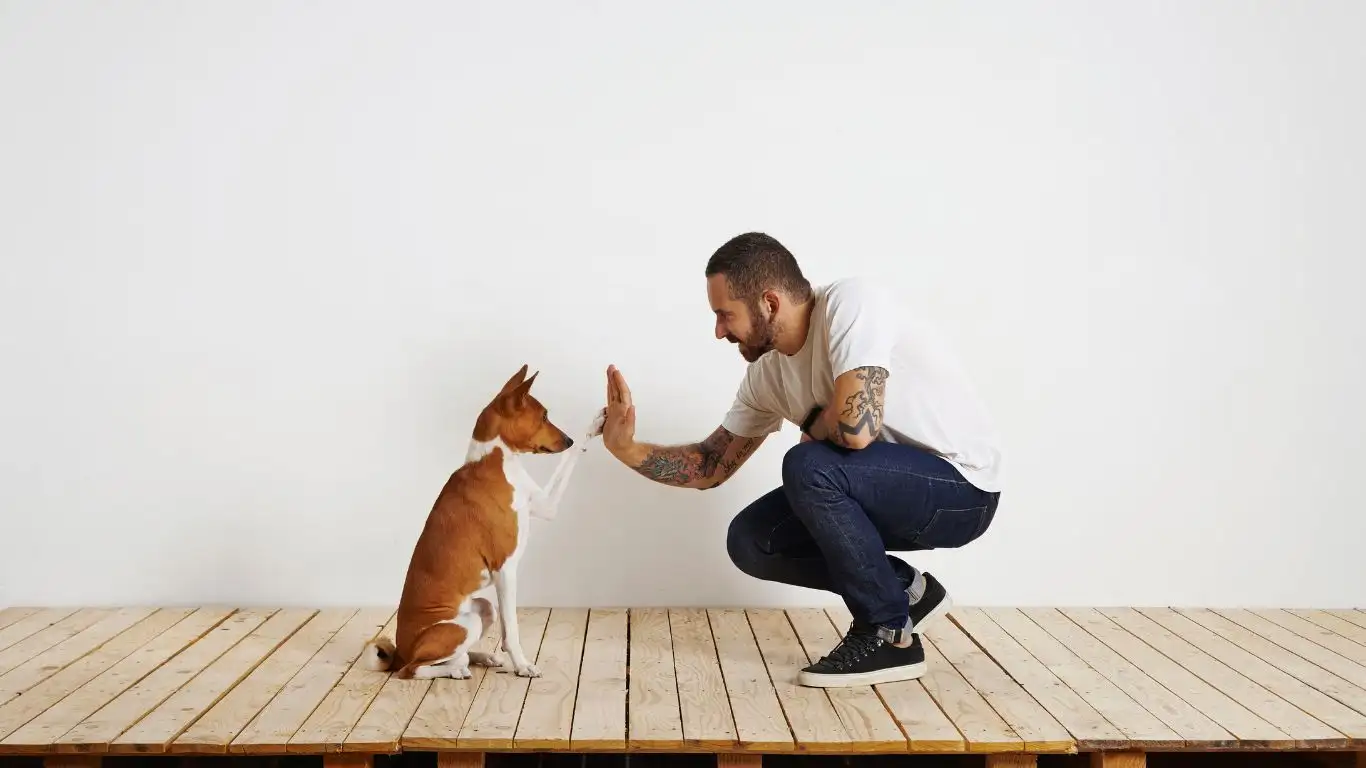
Before we dive into the solutions, it’s important to understand why dogs engage in this behavior in the first place. Dogs don’t steal food from counters just to annoy us. They do it because they’re motivated by food, a natural instinct to scavenge, or perhaps even learned behavior over time. Many dogs are opportunistic eaters, meaning they’ll grab food whenever and wherever they find it, whether it’s on the counter, table, or even in an unattended bag. If you’ve ever dropped a piece of chicken on the floor and your dog immediately gobbled it up, you know just how fast their reaction can be!
This behavior is not limited to mischievous pups; it can happen with dogs of all ages. It often starts out innocently enough when they get a taste of something tasty left unattended, and before you know it, they’re jumping up on the counter every time food is in sight. This is why it’s crucial to address the behavior early on and consistently reinforce better habits.
The Importance of Consistency in Training
Consistency is key when it comes to training your dog to stop stealing food. Dogs thrive on routine, and if they are allowed to steal food occasionally, they’ll see it as a reward and continue doing it. You may have noticed that once your dog succeeds in snatching food from the counter once, it’s almost like they get a taste for it—literally and figuratively. Every time they get away with it, it strengthens the behavior.
As a Canine-Assisted Therapy Trainer, one thing I’ve learned is that dogs respond best when there is no ambiguity about what’s acceptable. Your dog needs to know that counter surfing will not be rewarded, no matter the circumstances. This means everyone in the household must be on the same page with rules and boundaries. If you’re the one person who lets your dog get away with it, the others are fighting an uphill battle!
How to Prevent Counter-Surfing: The Basics
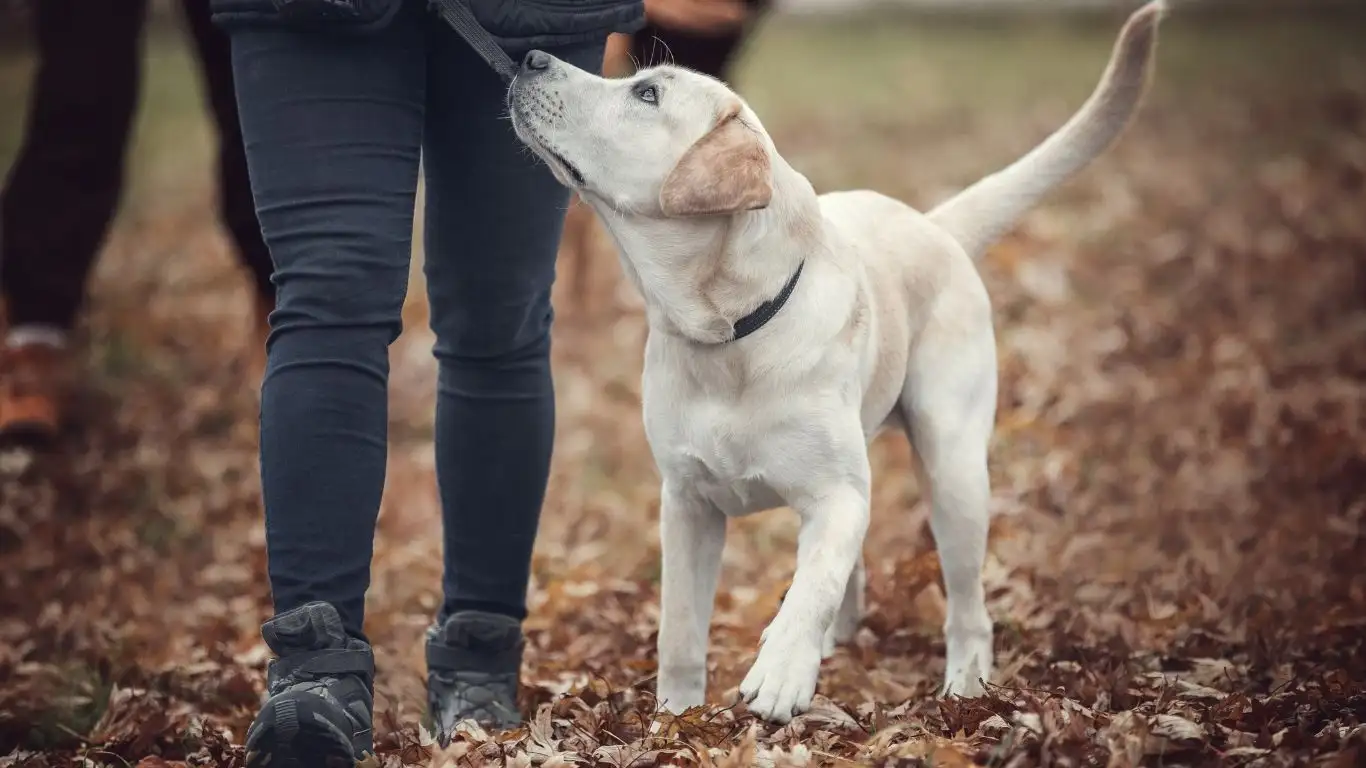
Now that we’ve established why dogs might steal food and why consistency is important, let’s jump into the meat of the training process: how to actually prevent counter-surfing. There are a few simple steps you can take right away to start curbing this behavior.
Step 1: Manage Your Dog’s Environment
One of the most straightforward ways to stop your dog from stealing food is to simply make it harder for them to get to the food. If your dog has access to the kitchen or dining areas unsupervised, it’s time to change that. This may sound like an obvious step, but you’d be surprised how many owners forget to dog-proof their homes.
- Keep food out of reach—use taller counters or consider using a dog gate to keep your pup away from the kitchen entirely.
- Store food items in cabinets or drawers, not on the counter.
- Clear off surfaces regularly, especially if you’re not around to supervise.
At first, this may seem like a hassle, but it sets the foundation for your dog learning that food isn’t readily available. The less opportunity they have to steal food, the less they’ll be able to reinforce that habit.
Step 2: Use Positive Reinforcement
Positive reinforcement is one of the most effective training techniques, and it can be a game-changer when it comes to teaching your dog not to steal food. The key here is to reward your dog for making the right choice. When your dog chooses not to jump on the counter or resist the temptation of a tasty treat on the table, reward them with a tasty, high-value treat or affection.
For example, if your dog walks past a piece of food on the counter and looks at it but doesn’t jump up, immediately praise them and give them a reward. This helps them associate good behavior (not stealing food) with positive outcomes (treats, praise, and affection).
Step 3: Teach “Leave It” and “Off” Commands
Another fundamental aspect of training is teaching your dog specific commands like “leave it” and “off.” These commands give your dog a clear understanding of what you expect from them in situations where food is present on the counter. It’s not just about stopping them from jumping up on the counter, but giving them an alternative behavior that you can reinforce.
- Leave It: This command teaches your dog to stop paying attention to something, usually food, and to look to you for guidance. Begin by holding a treat in your hand, saying “leave it,” and rewarding your dog for turning away.
- Off: This command is essential for getting your dog to step down from the counter when they’ve jumped up. Practice saying “off” while gently guiding them down, and reward them when they follow your command.
These commands take time and patience to master, but with consistent practice, they’ll become part of your dog’s routine and will be extremely helpful in preventing counter-surfing.
Setting Boundaries with Your Dog
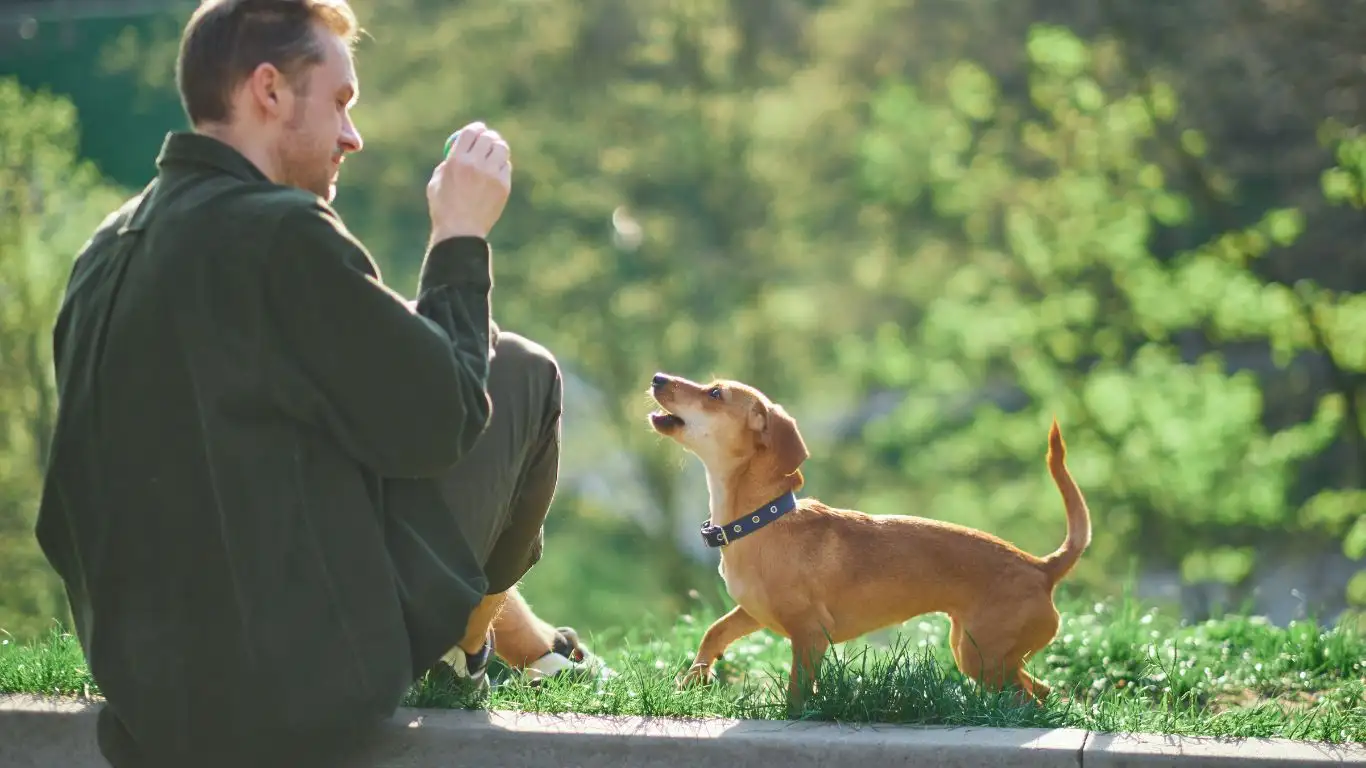
Setting boundaries is an essential part of training your dog not to steal food. While it’s important to be firm and consistent with your expectations, it’s equally important to remember that your dog doesn’t have bad intentions—they’re simply acting on instinct. With time, patience, and positive reinforcement, you can teach your dog that the food on the counter is off-limits and that there are much better ways to earn rewards.
In the next section, we’ll dive deeper into advanced techniques that can help you reinforce these boundaries and tackle more persistent counter-surfing behaviors. But for now, start implementing these basic strategies, and you’ll already be well on your way to teaching your dog to leave the counters alone.
Advanced Strategies for Stopping Counter-Surfing
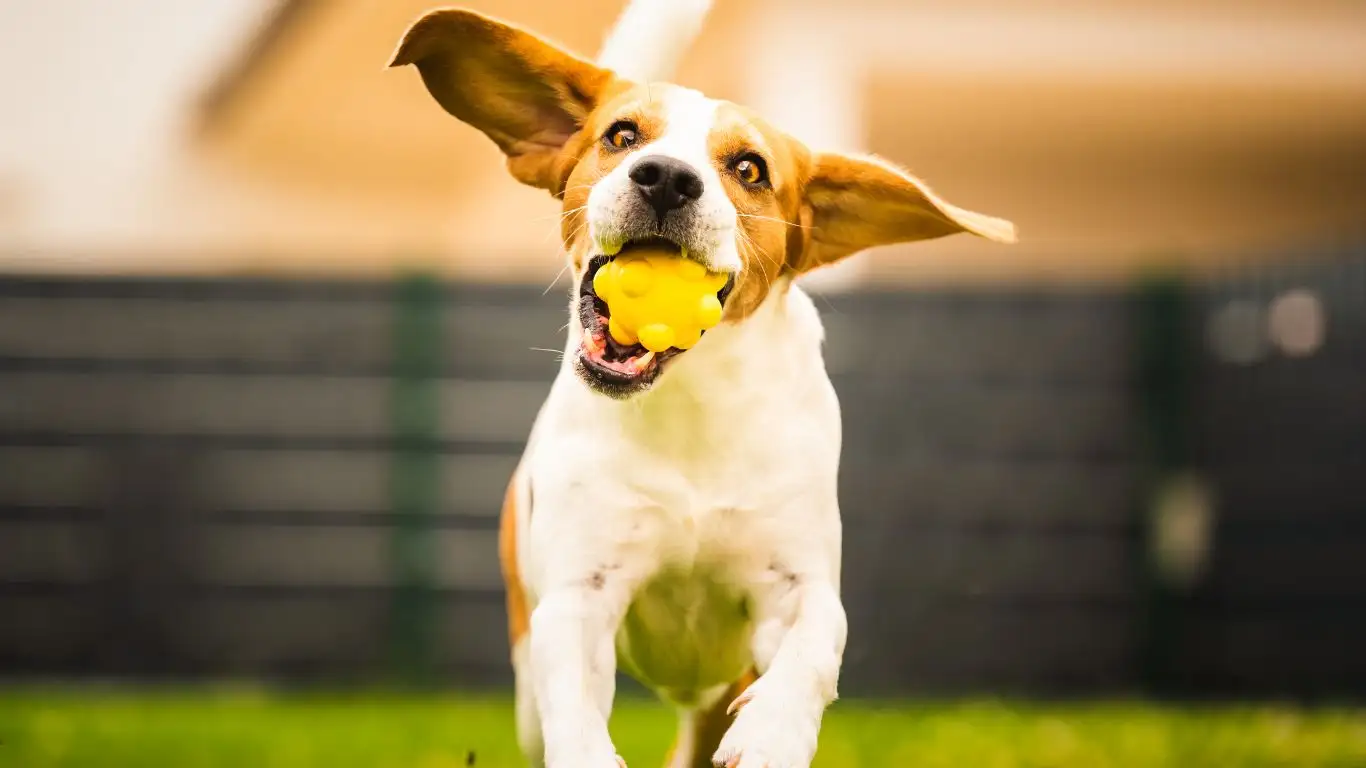
So far, we’ve covered some essential training techniques to help curb your dog’s counter-surfing habit. However, there are more advanced methods that you can incorporate into your training plan to reinforce those positive behaviors. As a Canine-Assisted Therapy Trainer, I’ve seen these advanced strategies make a huge difference in addressing persistent problems like stealing food. These methods will help you build a stronger, more trusting relationship with your dog while also preventing them from jumping up on counters. Let’s dive in!
Step 4: Use a “Leave It” Puzzle Game
One of the most enjoyable ways to teach your dog the “leave it” command is by using a game or puzzle. This technique not only reinforces the “leave it” behavior but also stimulates your dog’s mind, which is crucial for keeping them focused and engaged during training. Plus, dogs love a challenge, so they’ll be excited to learn this new game! The goal here is to teach your dog that good things happen when they resist the temptation to steal food.
Here’s how to get started:
- Place a treat or piece of food on the floor and cover it with your hand or a cup.
- When your dog approaches and tries to sniff it, say “leave it” and hold firm.
- If your dog steps back or looks away, immediately reward them with a treat or praise.
As your dog starts to understand the game, you can begin to use this technique on higher surfaces, like a counter or dining table, with you in the same room. The idea is to transfer the learned behavior to real-life situations like counter-surfing. Over time, your dog will understand that leaving the food alone leads to more rewards!
Step 5: Implement Positive Distractions
Sometimes, even with the best training techniques, your dog’s instinct to jump on counters can kick in, especially when they’re hungry or tempted by food. In these moments, a positive distraction can help redirect their attention away from the counter and onto something more appropriate.
As a trainer, I’ve found that using food puzzles or interactive toys can be a lifesaver in this regard. These distractions engage your dog’s mind and keep them focused on something other than the food you’re preparing on the counter. Not only does this reduce the likelihood of counter-surfing, but it also provides an enriching activity that keeps your dog mentally stimulated.
- Try puzzle toys like Kongs filled with peanut butter or treats that take time for your dog to figure out.
- Offer long-lasting chews, like bully sticks or dental chews, to keep your dog occupied.
- Rotate toys regularly to keep your dog from getting bored.
By providing these distractions, you’re teaching your dog that there are better things to do than swipe food off the counter. It also keeps them busy, which is a win-win for both of you!
How to Address Destructive Counter-Surfing Behavior
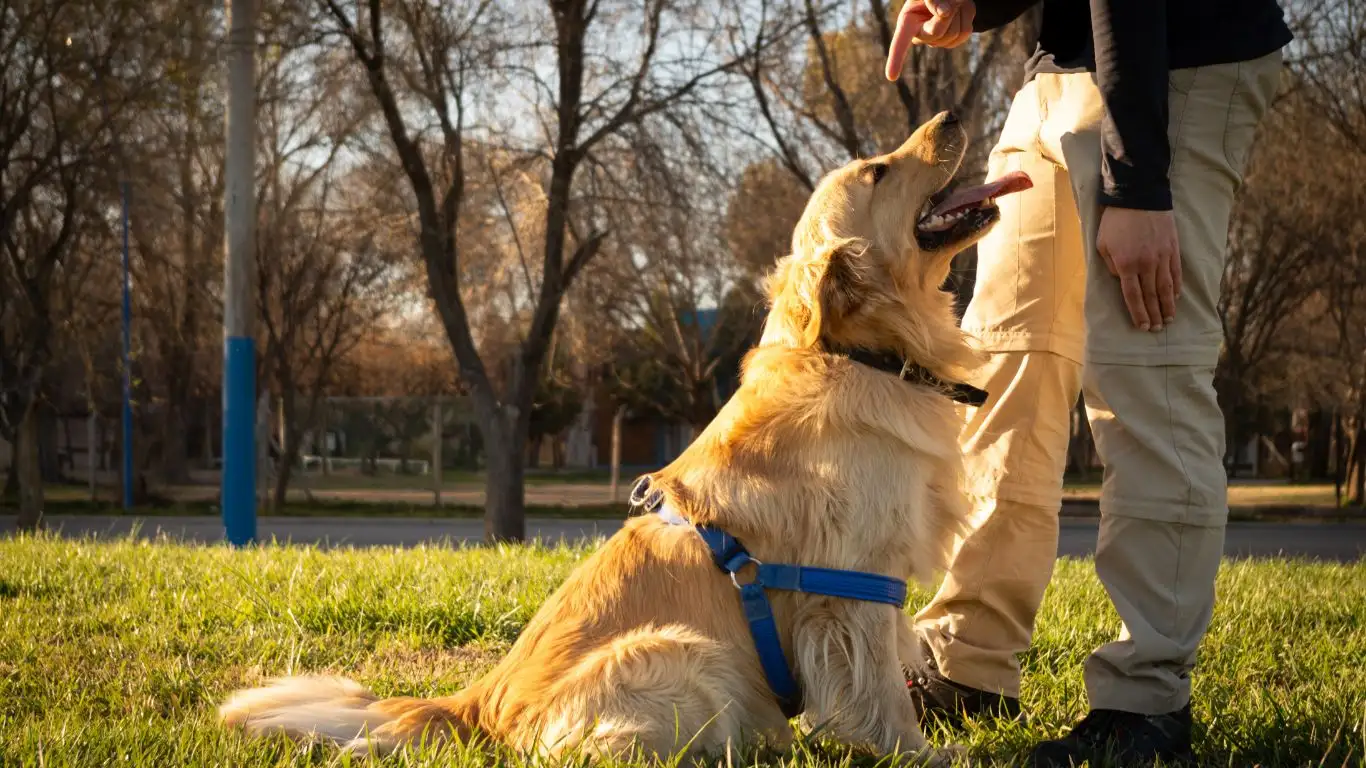
If your dog’s counter-surfing behavior has become destructive—meaning they’re jumping on counters at every opportunity or knocking things off your kitchen surfaces—it’s essential to address the issue with a more structured approach. In these cases, it’s critical to make the behavior less rewarding and more difficult to repeat.
Step 6: The “No Access” Technique
When dealing with a dog who has a persistent counter-surfing habit, sometimes the most effective solution is to completely remove their access to the kitchen or dining areas. This may seem extreme, but it’s a highly effective technique when all else fails. When your dog doesn’t have the chance to steal food, they can’t reinforce the behavior.
Here are a few ideas on how to implement the “No Access” technique:
- Use baby gates to restrict your dog’s access to the kitchen while you’re cooking or eating.
- When you’re not home, keep your dog in a crate or another room with no counters to jump on.
- If your dog is left unsupervised in the kitchen, make sure there’s no food left out to tempt them.
This method may take some time for your dog to adjust to, but it helps break the cycle of stealing food, as it removes the opportunity altogether. Remember, it’s crucial to be consistent with this method so your dog doesn’t get mixed signals.
Step 7: Teach “Place” or “Go to Your Bed” Command
Teaching your dog a “place” or “go to your bed” command can also be a game changer when it comes to stopping counter-surfing. This command teaches your dog to go to a designated spot and stay there until you release them, which can help keep them out of the kitchen or dining area during mealtime or when you’re preparing food.
Here’s how to teach this command:
- Choose a specific mat, bed, or spot where you want your dog to go. It’s important that the spot is comfortable and inviting.
- Start by leading your dog to the bed or mat and saying “place” as they step onto it.
- Once your dog is on the mat, reward them with praise or a treat, and give them the “stay” command to reinforce the behavior.
Over time, your dog will learn that their place is the spot to be during meal prep or when food is on the counter. This can be a great way to manage their behavior and prevent them from getting into mischief. If your dog tries to leave the spot before you release them, gently guide them back, using positive reinforcement when they stay in place.
Using Deterrents Effectively

Sometimes, a more direct deterrent is needed, especially if your dog has become a master counter surfer. However, using deterrents is something that should be done with caution, as you want to make sure your dog doesn’t associate the deterrent with a negative experience with you.
Step 8: Employing Deterrents
There are several safe deterrents you can try that will help teach your dog that jumping on the counter isn’t worth the effort:
- Aluminum foil: Many dogs are startled by the sound and texture of aluminum foil. Placing it on your counters can make the experience unpleasant and discourage them from jumping up.
- Sticky tape: Dogs don’t like the feel of sticky tape on their paws. Placing strips of double-sided tape on the edge of counters can create a temporary barrier for your dog.
- Pet-safe sprays: There are sprays available that have an odor that dogs dislike but is harmless to them. These can be sprayed on your counters to make them less appealing to your dog.
Keep in mind that while these deterrents can be effective, they’re best used in conjunction with the other training techniques we’ve discussed. They should not replace proper training but serve as additional tools to discourage unwanted behavior.
Now that you’ve got a range of advanced strategies, you’re well on your way to ending your dog’s counter-surfing habits once and for all. In the next section, we’ll talk about how to handle setbacks and maintain your dog’s training progress over the long term.
Handling Setbacks in Counter-Surfing Training

As you continue working on your dog’s counter-surfing habits, you may encounter setbacks. It’s totally normal, so don’t get discouraged! When training a dog, especially in cases where food-stealing has become a routine behavior, there can be bumps in the road. The key is staying patient, consistent, and understanding that this is a gradual process.
Let’s face it, dogs don’t just *get it* right away, especially when it comes to something as tempting as food. If your dog makes mistakes, like jumping up on the counter despite all the training, it doesn’t mean you’ve failed. In fact, it’s a sign that you’re working through the process. After all, these bad habits didn’t form overnight, and they won’t disappear instantly either. The important thing is to be persistent and not let these setbacks derail your progress.
What to Do When Your Dog Steals Food Again
If your dog manages to swipe food off the counter once in a while, it doesn’t mean they’ve “forgotten” their training. It could simply be a momentary lapse in self-control, or an opportunity they couldn’t resist. Here’s how to handle those slip-ups:
- Stay calm: Getting frustrated or angry at your dog for their actions won’t help. Instead, calmly remove them from the situation and redirect them to something else, like a favorite toy or a puzzle.
- Don’t punish: Negative punishment (like scolding or rubbing their nose in it) is ineffective and may harm your bond with your dog. Focus on redirecting their behavior, rather than punishing them.
- Reinforce good behavior: When your dog walks past food without jumping up, reward them generously. This encourages the idea that ignoring the food is far more rewarding than grabbing it.
- Analyze the situation: If this happens frequently, it’s important to evaluate why your dog is still jumping on the counter. Is there food left out? Did you miss a training session? Identifying patterns will help you fine-tune your approach.
Most importantly, remember that training takes time. Just like we don’t learn things instantly, neither do our dogs. When your dog experiences a setback, it’s just another chance to reinforce the right behaviors!
Maintaining Your Dog’s Training Over Time

Once you’ve successfully reduced or eliminated your dog’s counter-surfing behavior, the real challenge begins: maintaining that progress. Dogs are creatures of habit, and they thrive on routine. If you let old habits slip, your dog may start testing boundaries again. This is where ongoing training comes into play. Here’s how to keep your dog on track and prevent counter-surfing from making a comeback.
Step 9: Keep Training Fun and Engaging
Just because your dog has learned the basics doesn’t mean the training should stop. Keep it fun! Dogs love variety, so switching up the training routine will keep them engaged. Whether it’s practicing “leave it” during playtime, or using food puzzles as rewards for good behavior, the more you make training enjoyable, the more motivated your dog will be to follow through with good habits.
Some ways to keep training sessions fresh include:
- Introduce new commands or tricks that keep your dog mentally stimulated.
- Use high-value rewards to make the training more exciting for them.
- Do mini training sessions during daily activities, like when you’re preparing food or during walks.
Training doesn’t always have to feel like a formal class. Incorporating small moments throughout the day will keep your dog focused on what you expect from them.
Step 10: Remain Consistent with Household Rules
Consistency is still key to long-term success. Ensure that everyone in your household is on the same page when it comes to the rules. If your dog’s counter-surfing behavior starts up again, it’s often because someone unintentionally allowed them to get away with it once or twice. Reinforcing the rules with all family members will prevent your dog from getting confused about what’s allowed and what’s not.
This consistency isn’t just about stopping counter-surfing; it’s also about creating a clear and predictable environment for your dog. Dogs feel more secure when they understand their boundaries and know what to expect. So, as you maintain those boundaries and expectations, you’ll also be fostering a trusting and respectful relationship with your pup!
Additional Resources for Dog Training and Behavior
If you’re looking for more tips or expert advice, there are plenty of resources out there. Here are a few reliable sites to explore:
- American Kennel Club (AKC) – For expert dog training tips and resources.
- PetMD – A trusted source for general pet care and training advice.
- Cesar’s Way – Cesar Millan’s insights into dog behavior and training techniques.
- PetSmart – They offer dog training courses and behavior tips for pet owners.
Disclaimer
It’s important to note that while the methods described in this article are generally effective, not all dogs are the same, and what works for one dog may not work for another. If your dog’s counter-surfing behavior persists despite your efforts, or if you’re facing additional behavioral concerns, it may be helpful to consult with a professional dog trainer or a veterinary behaviorist. A personalized approach can often provide the best results when dealing with persistent habits or more complex behavioral issues.
Additionally, remember that some dogs may have underlying health issues that contribute to behaviors like food obsession. If you’re concerned about your dog’s health or eating habits, it’s always a good idea to consult with your vet.
Training takes time, patience, and dedication, but it’s also an incredibly rewarding experience that strengthens the bond between you and your dog. Stick with it, and you’ll see the progress you’re looking for!
